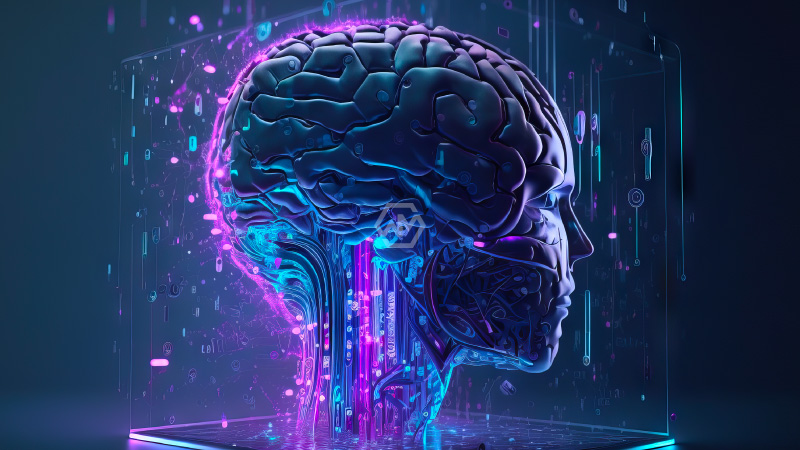College of Sydney and Fudan College researchers have found human mind cues traversing the external layer of brain tissue that normally organize themselves to look like twirling twistings.
The examination, distributed today in Nature’s Human Way of Behaving, demonstrates these pervasive twistings, which are mind cues seen on the cortex during both resting and mental states, assist with arranging cerebrum movement and mental handling.
Scientists About Human Brain
Senior creator Academic partner Pulin Gong, from the School of Physical Science in the Personnel of Science, said the revelation could progress strong figuring machines enlivened by the multifaceted activities of the human mind.
The revelation opens up new roads for understanding how the cerebrum functions and gives significant experiences into the principal elements of the human mind.
It could assist clinical specialists with figuring out the impacts of cerebrum sicknesses, like dementia, by looking at the job they play.
- Neuroscience has customarily centered around connections between neurons to comprehend mind capability.
- There is a developing area of science taking a gander at bigger cycles inside the cerebrum to assist us with grasping its secrets.
- A significant number of the twistings are sufficiently huge to cover different organizations.
Ph.D. understudy Yiben Xu, the lead creator of the exploration from the School of Physical Science, said the area of the twistings on the cortex could permit them to interface movement in various segments, or organizations, of the cerebrum – going about as an extension of correspondence.
The cortex of the mind, otherwise called the cerebral cortex, is the furthest layer of the cerebrum that is answerable for the overwhelming majority of complex mental capabilities, including insight, memory, consideration, language, and awareness.
The researchers accumulated their discoveries from utilitarian attractive reverberation imaging (fMRI) mind sweeps of 100 youthful grown-ups, which they dissected by adjusting strategies used to comprehend complex wave designs in the disturbance.



